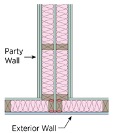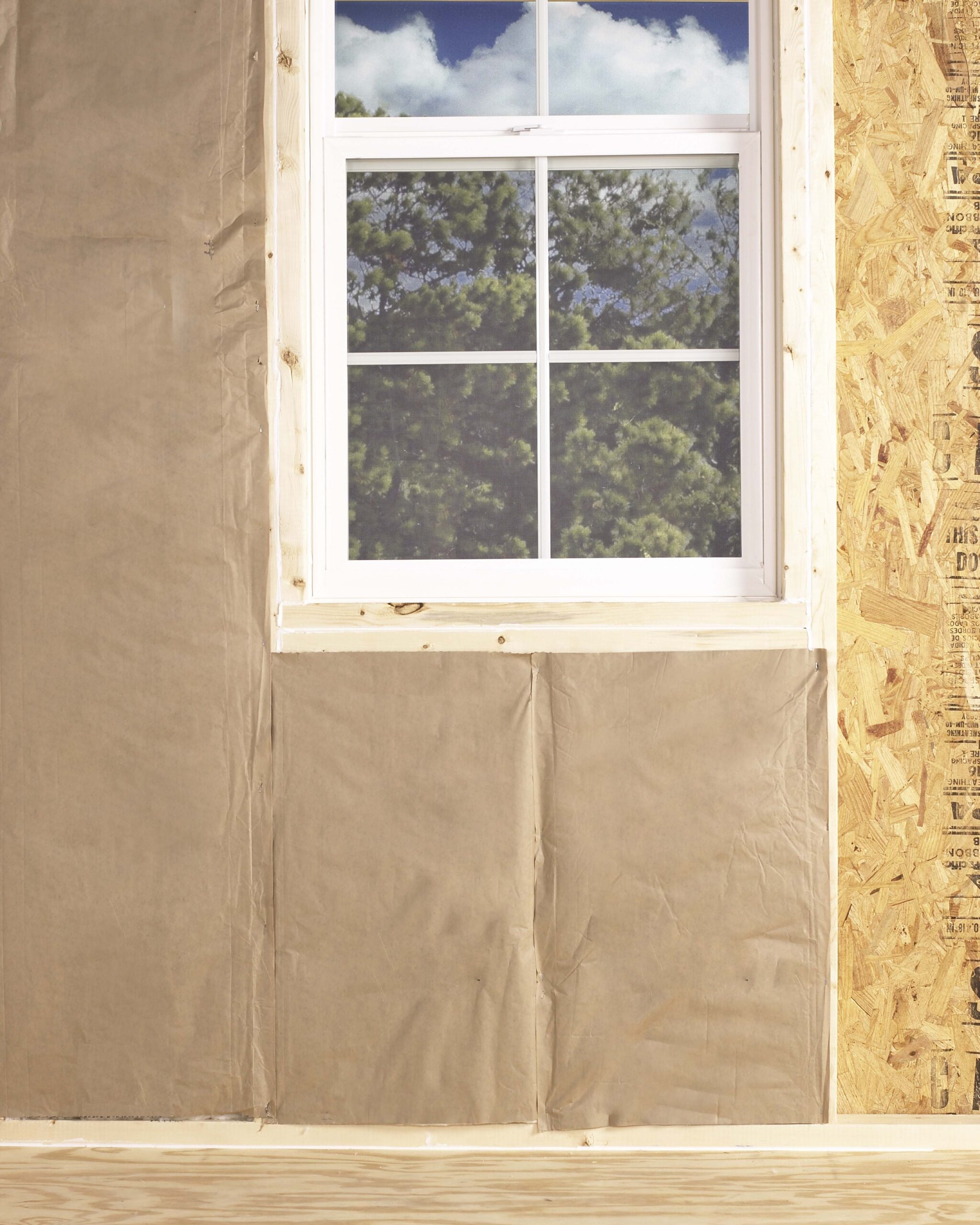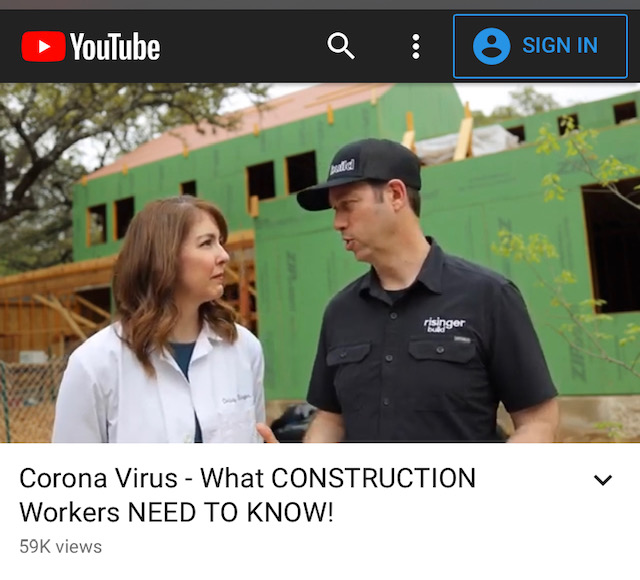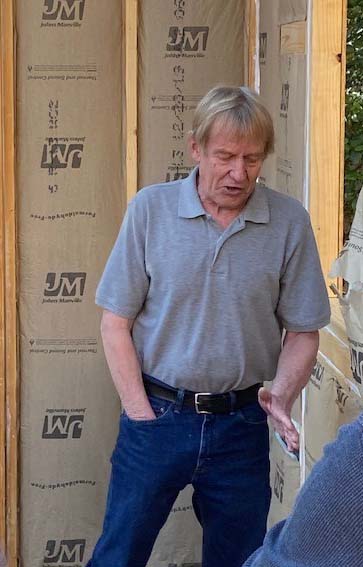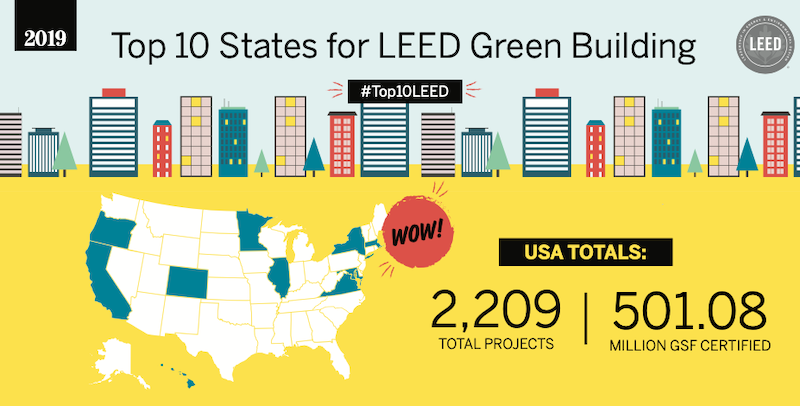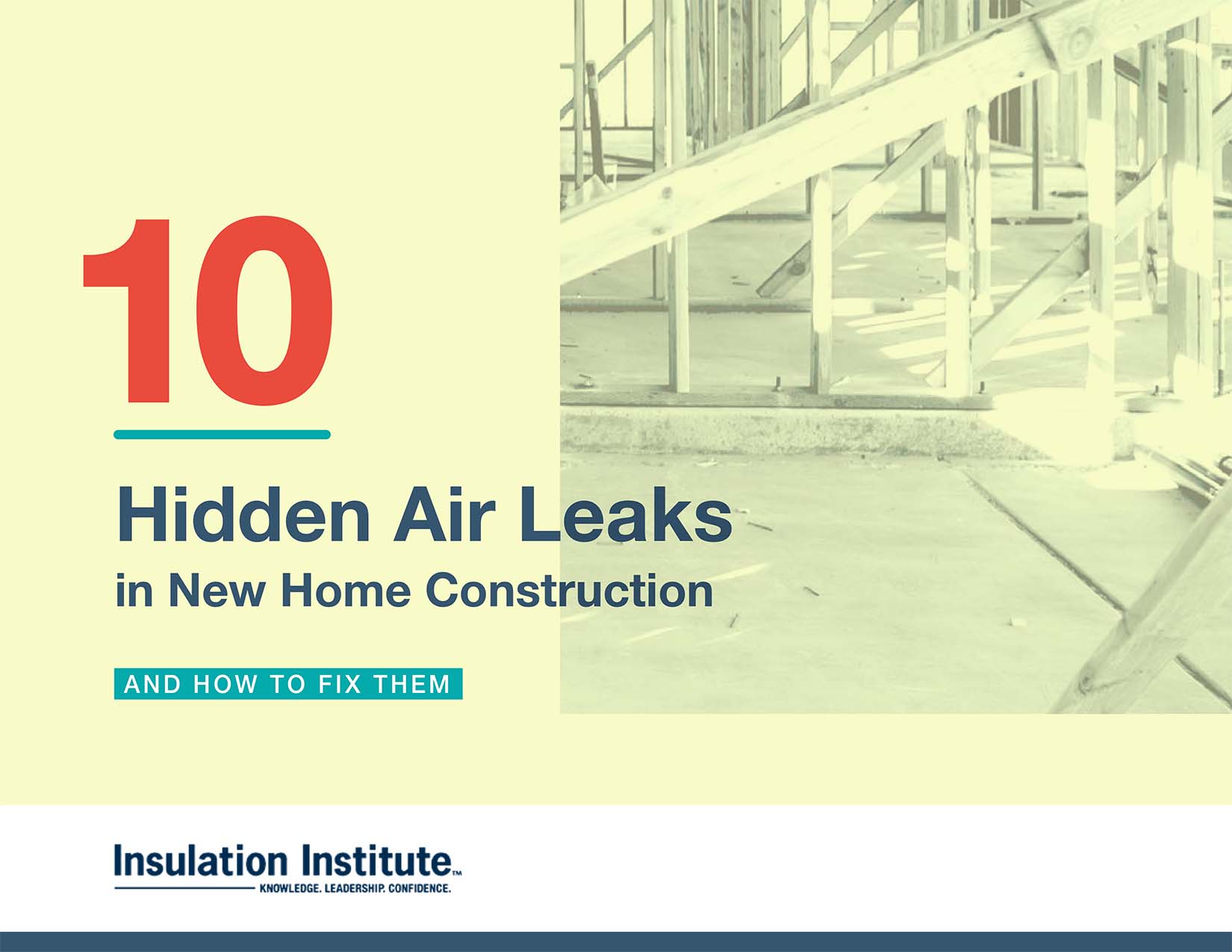Video home tours are not new in real estate, but the current COVID-19 health crisis is driving an increase in these digital tours, according to Mike Swinney, a Northern Virginia-based realtor. Swinney has more than 12 years’ experience selling homes in one of the hottest housing markets in the nation. Swinney estimates a 50 percent volume increase in digital tours in recent weeks. While the growth may largely be attributed to health concerns, many experts in the housing industry predict the uptick in digital tours will remain when the crisis wanes.
Details »Insulation Institute Blog
Posts By: Stacy Fitzgerald-Redd
Air Sealing Multi-Family Party Walls
Building codes serve the fundamental purpose of enabling occupant welfare and safety. However, at times the lack of clarity in building code requirements creates a barrier to compliance for builders.
Details »Boost Your Skills With Online Resources
Insulation contractors can take advantage of extra down time to learn new skills and techniques to help on the job with NAIMA’s extensive catalog of training resources.
Details »A Special Edition of “The Build Show” on COVID-19
In a special edition of “The Build Show” this week, custom builder Matt Risinger is joined by his wife, internal medicine physician Dr. Christy Risinger to discuss the steps that his construction company is taking to be safe during the COVID-19 pandemic. The pair outline practical tips regarding scheduling trades, distancing between workers, and safe hygiene practices that should be implemented to mitigate the spread of the disease in the construction industry.
Details »A RARE Approach to Getting Grade I
The RESNET 2020 conference held in Phoenix this week, included a live demonstration session on getting Grade I installation with batt insulation. For anyone tasked with reviewing batt insulation jobs, this hands-on, open forum training offered a chance to review what a Grade I job looks like — and what it doesn’t.
Details »4 Vital Efficiency Actions to Address Climate Change
Energy efficiency is indisputably essential to addressing global climate change. At the forefront of organizations promoting strategies to tackle the climate crisis is the Natural Resources Defense Council (NRDC). Insulation Institute spoke with David Goldstein, Co-Director of Climate and Energy at NRDC, about how the building sector in America can more aggressively pursue a comprehensive energy efficiency initiative to address climate change. Goldstein is a heavy hitter in the energy efficiency arena, having worked since the 1970s on energy efficiency and energy policy (and also founded Residential Energy Services Network). Goldstein offers the following four-point blueprint for achieving an active decade of progress on climate goals.
Details »The Top 10 States for LEED Green Building
Leadership in Energy and Environmental Design (LEED) is the most widely used green building rating system in the world, and the number of LEED-certified buildings in the United States continues to grow. The U.S. Green Building Council (USGBC) recently released the top 10 states for LEED Green building in 2019, a year in which the total number of certified projects reached 1,181.
Details »10 Hidden Air Leaks in New Construction
Sealing common air leakage pathways is key to achieving a tight thermal envelope. Often, hidden holes in new construction homes can make achieving an airtight envelope very difficult. Knowing where these hidden holes tend to occur can help builders avoid a massive air leakage issue. Our 10 Hidden Air Leaks in New Construction Homes guide covers the most common areas where these holes occur and offers solutions to fix the holes during the construction process.
Details »Number of HERS-Rated Homes Grows
The number of HERS-related homes in the United States continues to expand, according to new data released by Residential Energy Services Network (RESNET). In 2019 a total of 241,909 homes in the United States were HERS-rated compared with 236,116 in 2018. That is an increase of 5,793 homes in one year. To date, 2.7 million homes have been HERS-rated.
Details »Home Sellers Must Prove Energy Efficiency
Home Sellers Must Prove Energy Efficiency
As we reported in last week’s blog post, “Five Promising Developments for Decarbonization,” a growing number of state and local governments are targeting building emissions to reduce their carbon footprint. This push for decarbonization will only accelerate. In the move toward decarbonization, targeting buildings – both commercial and residential – is low-hanging fruit. It’s not just new construction, but existing construction as well, with home sellers in one jurisdiction now required to measure their home’s energy efficiency before putting it on the market.
Details »

